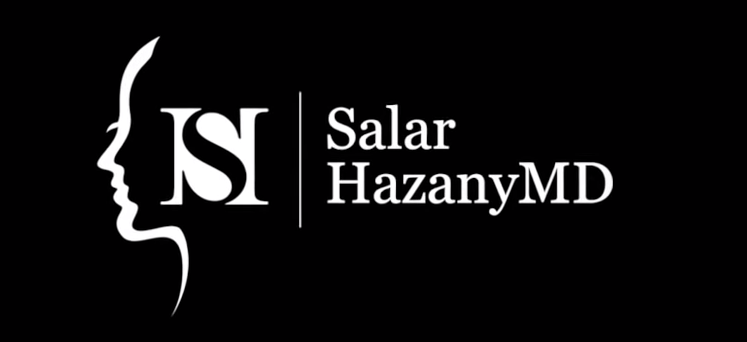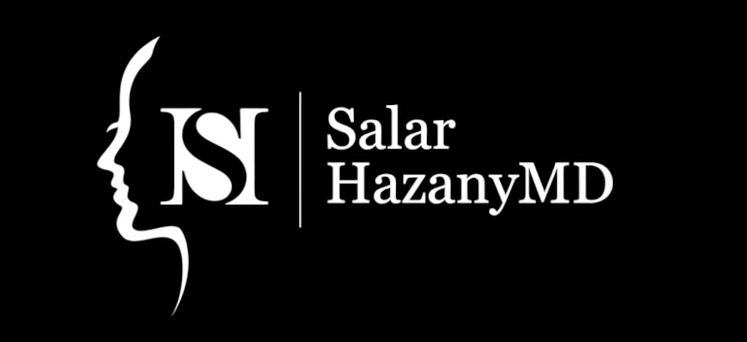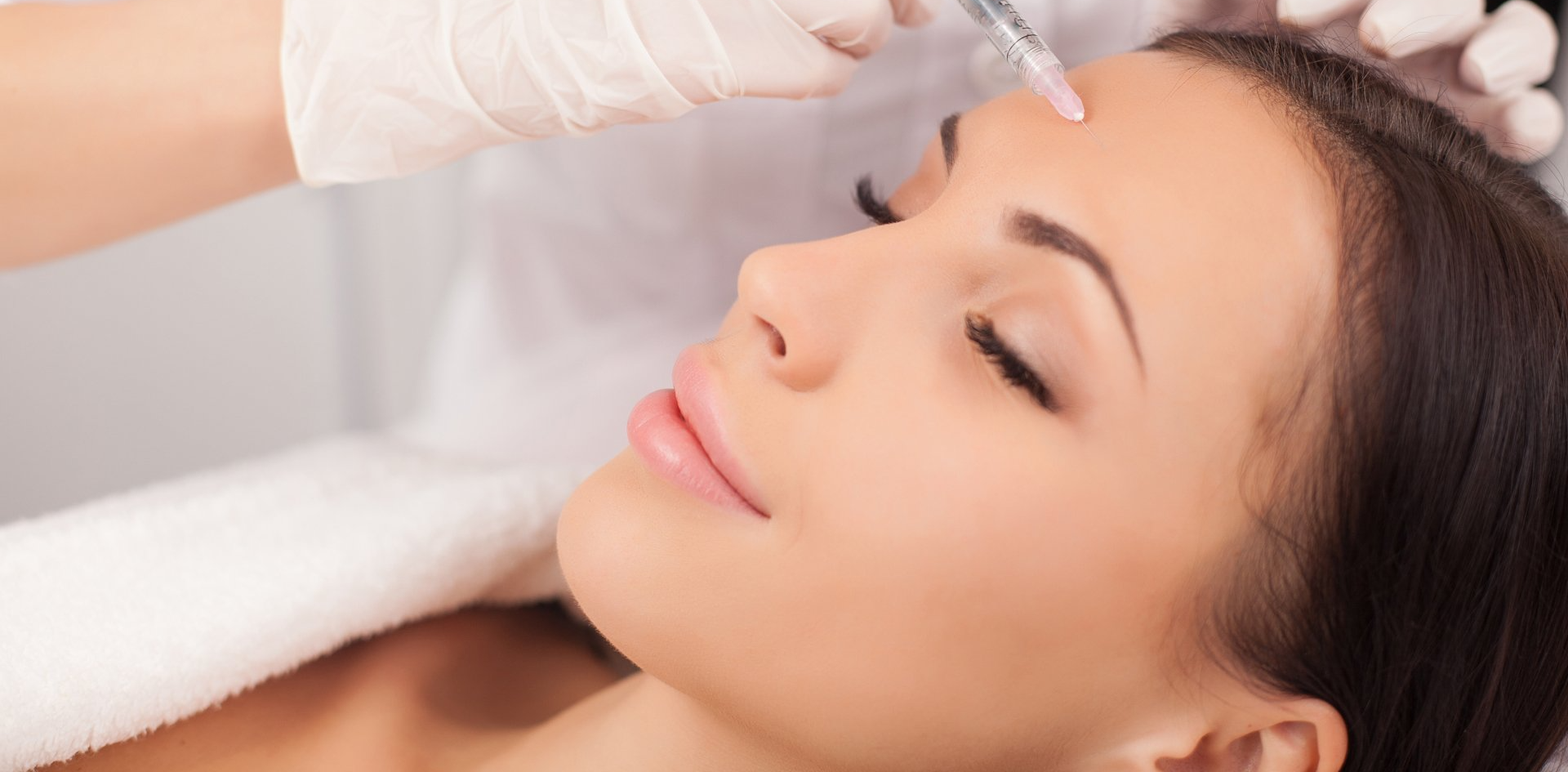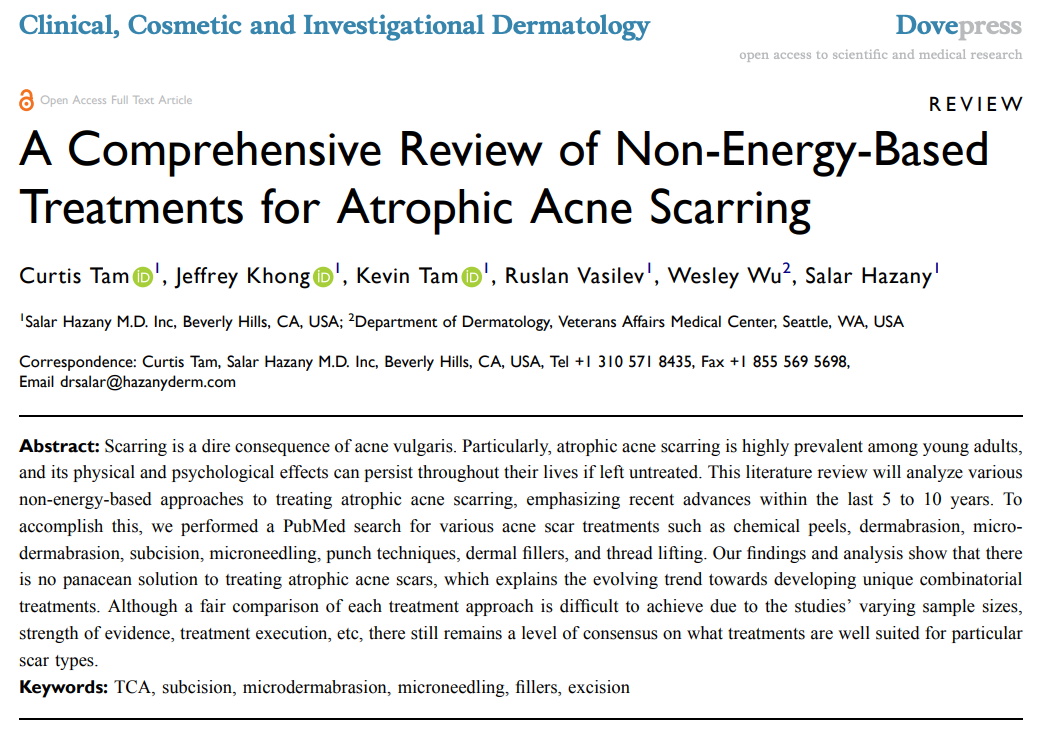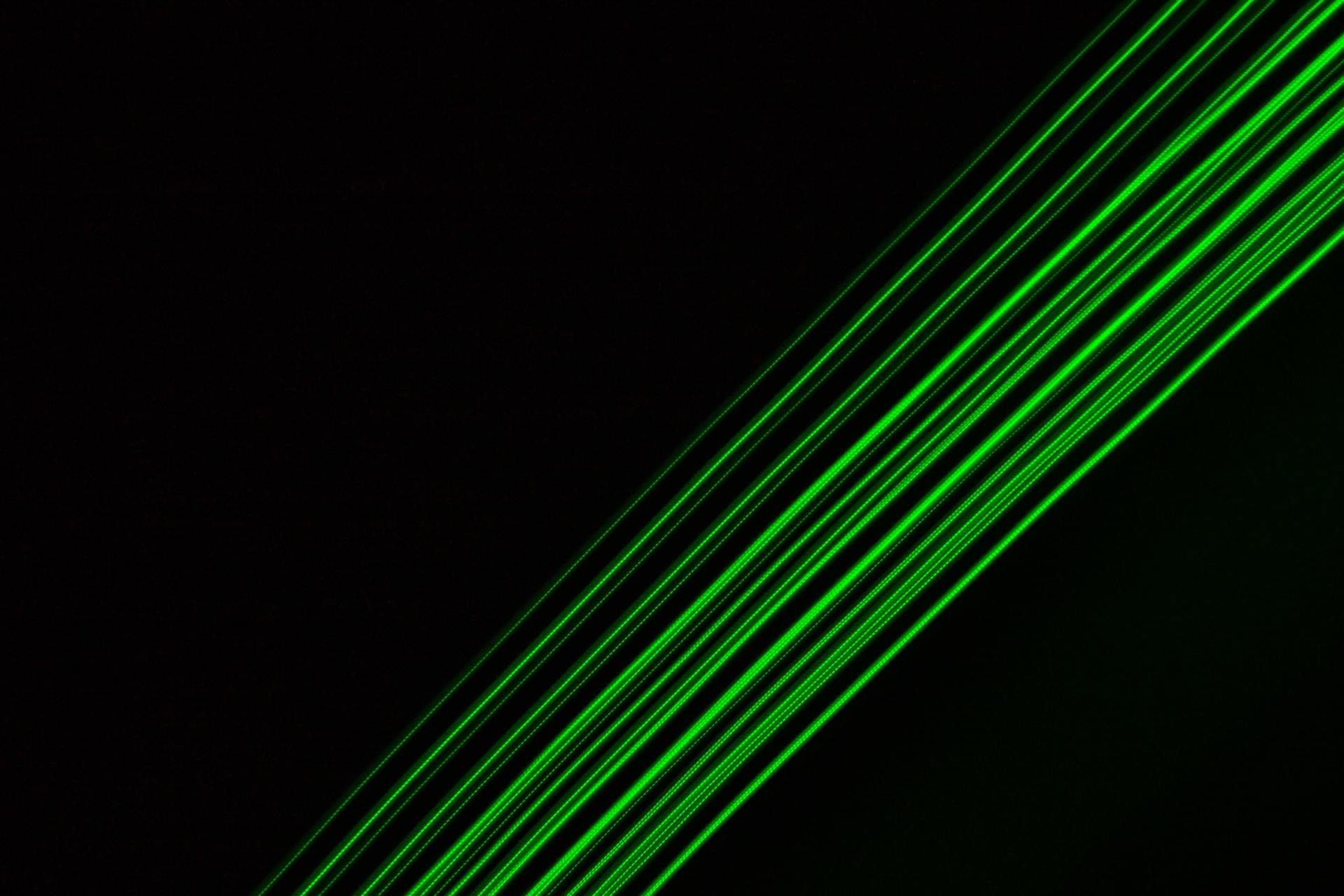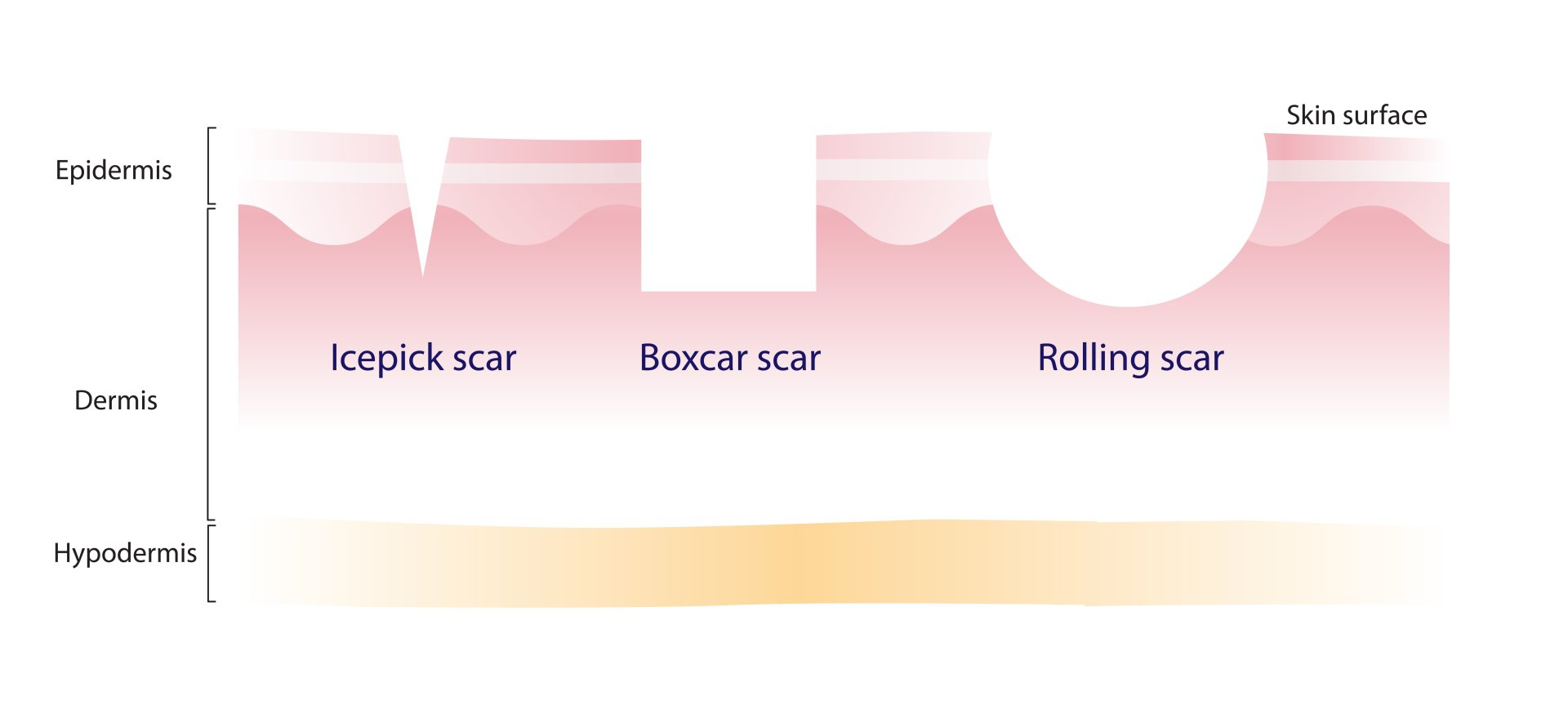Publications
CROSS Treatment
CROSS is an acronym that stands for "Chemical Reconstruction of Skin Scarring." Chemical peels superficially damage the outermost layers of skin to treat more stubborn acne scarring. Using chemical peels on depressed areas of the skin stimulates collagen regrowth and flattens areas of acne scarring. Dr. Hazany uses various chemical peels depending on his patient’s specific type of acne scarring. Some of the most common peels he uses include pumpkin enzyme, phenol, trichloroacetic acid (TCA), Jessner’s, and glycolic acid. Chemical peel treatment must be overseen by a medical professional since improper usage can cause permanent burn damage or pigmentary changes.
Subcision
Also called subcutaneous incision-less surgery, needle subcision penetrates deeper layers of acne scars to break the fibrotic strands that compose the scar tissue. By manually breaking up scar tissue, subcision stimulates connective tissue regrowth and lifts the depressed skin. Since this minimally-invasive surgical procedure does not require an incision, it does not pose the risk of further postoperative scarring. Read more about subcision
here.
Fillers and Injectable Treatment
Soft tissue filler injections of collagen or fat can lift indented scars and fill out impressed areas of skin, making acne scarring less noticeable. Another injectable treatment for acne scarring includes tissue relaxing injections, such as filler for wrinkles. These types of injections relax and reduce the appearance of scarring areas. Filler and injectable treatments provide quick results for relatively minor scarring. However, some injectable treatment results are impermanent and may require additional treatments periodically.
Excision
In an excision procedure, the doctor cuts out, or “excises” the acne scar, and then closes the wound in a manner that prevents further scarring. A certain type of excision called punch excision is ideal for small stubborn scars since it entails surgically removing the scarring area.
Excision Replacement Grafts
Excision procedures that create a wound that is not easily suturable might require a replacement graft. After the dermatologic surgeon excises the scar, they take a skin graft from another area of less visible skin, such as behind the ear. The surgeon then grafts the donor skin to the acne scarring wound. Once the graft heals, the initial acne scarring is virtually eliminated. This procedure can also be done to close punch excision sites.
Dermabrasion
Dermabrasion can be an effective skin-resurfacing and acne scar procedure. Dermabrasion uses a specialized rotating device to precisely remove the outermost layers of skin and promote regeneration in the acne scarring area. However, compared to other manual methods such as subcision and CROSS treatment, we find that this treatment is relatively less effective and is used in very specific situations.
Types of Acne Treatments:
@drcancerkiller
Los Angeles board-certified dermatologist and Mohs micrographic surgeon Dr. Hazany of Salar Hazany MD in Beverly Hills provides his patients with world class skincare. He offers skin cancer removal, active acne treatment, acne scarring removal, minimally invasive cosmetic dermatology procedures, and much more to patients of all ages from the greater Los Angeles area and all over Southern California including Beverly Hills, Bel Air, Brentwood, Century City, Westwood, Hollywood, West Hollywood, Santa Monica, Malibu, Venice, Marina Del Rey, Glendale, Pasadena, and the San Fernando Valley.

@drcancerkiller
Los Angeles board-certified dermatologist, micrographic dermatologic surgeon, and Mohs micrographic surgeon, Dr. Hazany, of Salar Hazany MD in Beverly Hills provides his patients with world class skincare. He offers skin cancer removal, active acne treatment, acne scarring removal, minimally invasive cosmetic dermatology procedures, and much more to patients of all ages from the greater Los Angeles area and all over Southern California including Beverly Hills, Bel Air, Brentwood, Century City, Westwood, Hollywood, West Hollywood, Santa Monica, Malibu, Venice, Marina Del Rey, Glendale, Pasadena, and the San Fernando Valley.
Contact Us
__________
Working Hours
__________
- Monday
- -
- Tuesday
- -
- Wednesday
- -
- Thursday
- -
- Friday
- -
- Saturday
- Closed
- Sunday
- Closed
Contact Us
Address:
421 N Rodeo Dr Suite T-13, Beverly Hills, CA 90210
Phone:
Fax:
(855) 569-5698
Email:
Hours
- Monday
- -
- Tuesday
- -
- Wednesday
- -
- Thursday
- -
- Friday
- -
- Saturday
- Closed
- Sunday
- Closed
